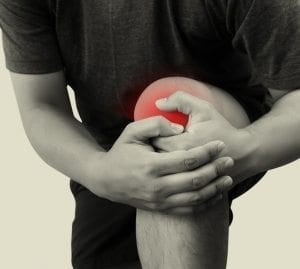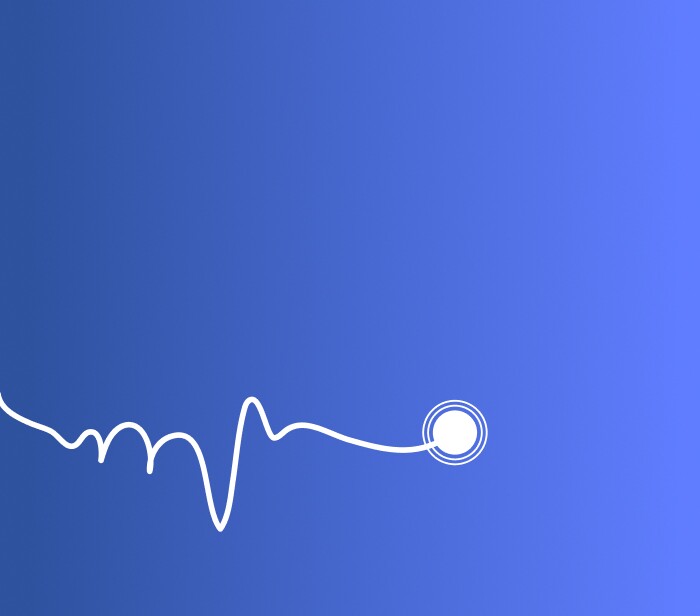 What is Arthroscopy
What is Arthroscopy
Arthroscopy is a minimally invasive procedure for diagnosing and treating diseases of the joints.
For decades, Arthroscopy in Israel has been performed as an alternative to open surgery on the joints, particularly in Herzliya Medical Center. It is performed as a surgical treatment for inflammatory diseases, injuries, birth defects, and other disorders.
Arthroscopy (also called Arthroscopic or Keyhole surgery) is the direct inspection of the cavity and the structures of the joint. For this purpose, endoscopic equipment and special tools are inserted in the joints, with which the surgeon performs the manipulation of the joint structures. An arthroscope is a kind of endoscope and is inserted into the joint cavity through small skin incisions.
Arthroscopy in Israel is used for the diagnosis and treatment of diseases of the large joints:
- Knee arthroscopy
- Elbow arthroscopy
- Brachial arthroscopy
- Ankle arthroscopy
- Hip arthroscopy
- Wrist arthroscopy
Indications for Arthroscopy
Orthopedic doctors in Israel recommend diagnostic arthroscopy in situations where the results of an X-ray or other tests do not allow to make a clear diagnosis about the patient’s condition.
Arthroscopic is also used to treat a variety of articular pathologies, such as:
- Osteophytes (bony growths), bone defects
- Cartilage injury
- Inflammation of the synovial membrane
- Infectious diseases of the joints
- Torn ligaments and tendons
- Degenerative changes in the joints
Preparing for arthroscopy
Below find the guidelines for the preparation for arthroscopy:
- If you are taking any medication on a regular basis, inform your doctor.
- On the day of arthroscopy, you must arrive at the hospital on an empty stomach. The period during which you will need to refrain from eating and drinking depends on the type of anesthesia
- Our Case Manager will accompany you to your room after the procedure.
- Wear comfortable clothes, for example; shorts, if you have a knee arthroscopy
Arthroscopy Procedure in Israel
Prior to the procedure, you will have an intravenous catheter into one of your veins of the forearm and a sedative will be introduced.
Arthroscopy in Israel can be done by general or local anesthesia:
Local anesthesia – the skin in the areas treated with local anesthetics is cut, through which incision in the joint cavity the arthroscope and instruments will be penetrated. During the procedure, the patient feels no pain but may feel some discomfort caused by the movement of the arthroscope into the joint cavity
Regional anesthesia – anesthetic is injected into the cerebrospinal fluid (for this purpose, a lumbar puncture is performed). The patient is awake but does not feel pain
General anesthesia – during the procedure, the patient is unconscious. General anesthesia, as a rule, is conducted in long arthroscopy and is performed for therapeutic purposes
In the study of limb joints, a tourniquet may be applied to reduce blood loss and facilitate the medical inspection of articular structures.
Orthopedic surgeons in Israel practicing arthroscopy use a sterile solution which fills the cavity of the test joint. Thus, it is possible to increase the space in the joint cavity and to ensure the freedom of maneuvering for the surgeon to perform the necessary procedures.
After the arthroscopy, the arthroscopic instruments are removed, the incisions, which are less than one cm, are sutured.
Rehabilitation after arthroscopy
After discharge from the hospital, continue taking medication as directed by the attending staff.
On the first day after the operation you should:
- Apply ice to the operated joint
- Keep the operated limb elevated
- Apply an elastic bandage on the joint
- Avoid excessive stress on the joints
In the future, to strengthen the muscles and regain mobility it is certainly recommended to take courses of physiotherapy and exercise therapy.
Arthroscopy is rightly called the “gold standard” of Orthopedics in Israel. Modern endoscopic equipment at HMC, allows you to perform a thorough inspection of all parts of the joint and gently produce therapeutic manipulations without the damage to adjacent structures and soft tissues.
 Patients Log In
Patients Log In 










